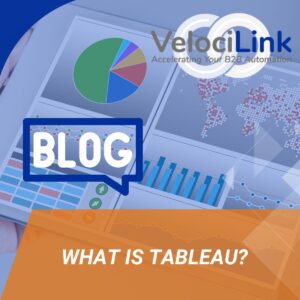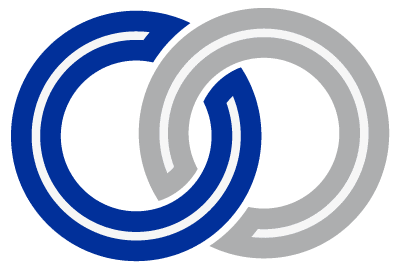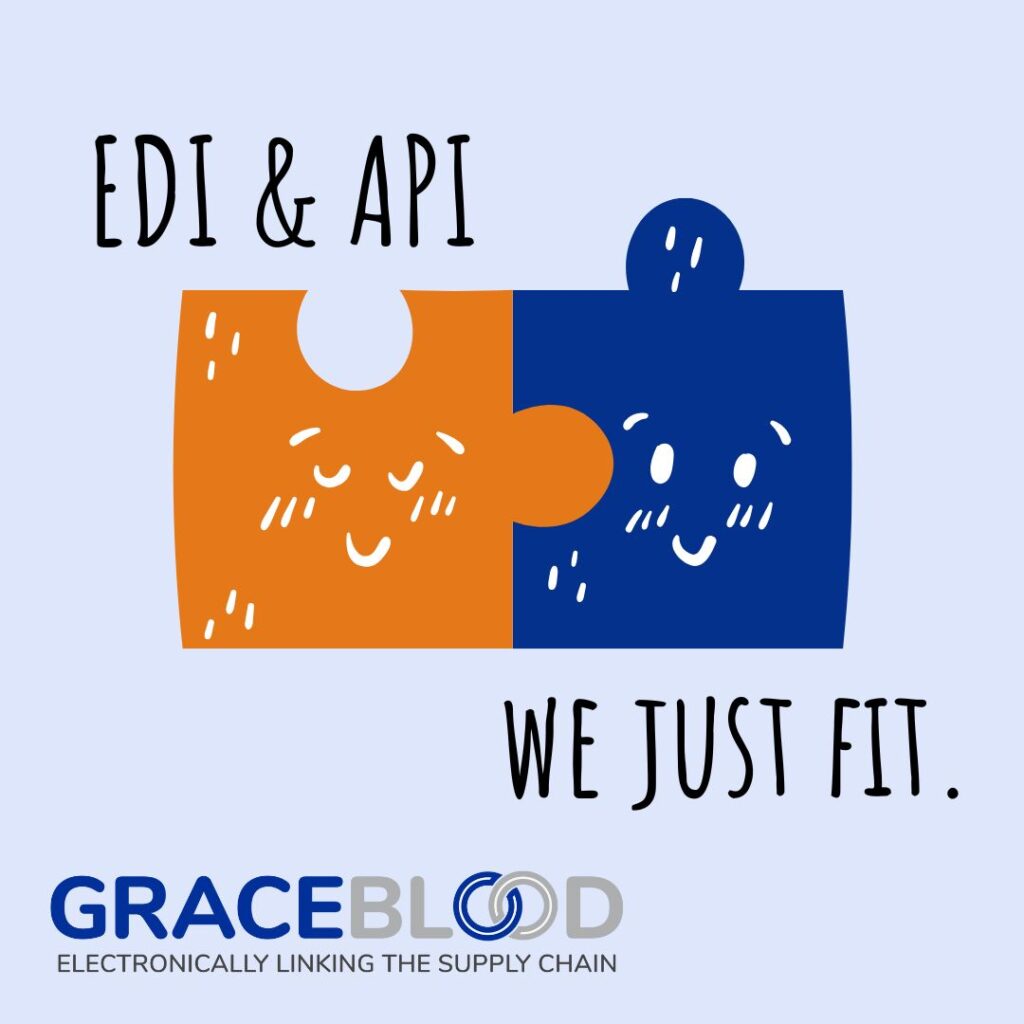 Data seems to be the be-all-end-all of today’s business world and at the heart of effective decision-making. However, raw data alone isn’t enough; it’s the ability to interpret and visualize this data that drives meaningful insights. Tableau Software, a leading data visualization tool, has emerged as a game-changer in this domain, offering businesses the ability to transform complex datasets into actionable insights. We spent three days in a Tableau class this summer to learn how to use this software package to discover interesting insights that can be found by analyzing data about a company’s customers and products.
Data seems to be the be-all-end-all of today’s business world and at the heart of effective decision-making. However, raw data alone isn’t enough; it’s the ability to interpret and visualize this data that drives meaningful insights. Tableau Software, a leading data visualization tool, has emerged as a game-changer in this domain, offering businesses the ability to transform complex datasets into actionable insights. We spent three days in a Tableau class this summer to learn how to use this software package to discover interesting insights that can be found by analyzing data about a company’s customers and products.
One area where Tableau’s capabilities truly shine is in Electronic Data Interchange (EDI) workflows. EDI, the standardized electronic exchange of business information, is integral to automating and streamlining supply chain processes. Yet, managing and interpreting the vast amounts of data generated by EDI can be daunting. This blog explores how Tableau integrates with EDI to unlock new possibilities for data-driven decision-making.
Table of Contents
- What is Tableau Software?
- EDI and the Importance of Data Visualization
- What is Tableau EDI Integration?
- Benefits of Using Tableau for EDI Data Visualization
What is Tableau Software?
Tableau Software, similar in functionality for our purposes to GraceBlood’s VelociLink™ EDI Analytics, is a powerful data visualization platform designed to make data more accessible and understandable for all users, regardless of their technical expertise. What becomes quickly apparent when working with this type of software is that it is essential to spend time upfront to review and clean the data sets. By translating raw data into interactive and visually compelling formats, Tableau helps organizations uncover trends, patterns, and insights that drive better decisions. Furthermore, in order for the software to provide valuable and actionable information that can be trusted, the data that is used must be accurate, consistent and complete which is not usually the case with data. The data cleaning step (also called data cleansing and data scrubbing) can take some time but investing the extra effort will allow the software to provide more meaningful results.
Key Features of Tableau
- Interactive Dashboards: Tableau’s drag-and-drop interface allows users to create dynamic dashboards that update in real-time, offering instant insights at a glance.
- Data Blending: Seamlessly integrate data from multiple sources to create a unified view, essential for businesses managing diverse datasets.
- Real-Time Analytics: Access and analyze data in real time, enabling swift responses to emerging trends and anomalies.
Popular Use-Cases
Tableau is widely used across industries, from finance and healthcare to retail and manufacturing. For example, some common applications include:
- Monitoring key performance indicators (KPIs) in real-time.
- Visualizing sales and inventory trends.
- Enhancing customer segmentation and targeting.
- Streamlining supply chain analytics.
EDI and the Importance of Data Visualization
Overview of Electronic Data Interchange (EDI)
Electronic Data Interchange (EDI) is a standardized process for exchanging business information—such as purchase orders, invoices, and shipping notices—electronically between trading partners. By replacing manual processes with automated data exchange, EDI reduces errors, improves efficiency, and accelerates transaction cycles.
Challenges of EDI Data
While EDI streamlines communication, the raw data it generates can be complex and unwieldy. Data should come from a trusted source. It should be compiled and maintained under a sound data governance program that uses good editing and verification techniques to ensure the integrity of the data. In a data cleaning process all fields that are to be used for analysis should be verified to ensure that the data values are not missing and the fields contain valid data. For instance, in order to perform meaningful and accurate geographic analysis, all state fields cannot be blank or contain an invalid state code. Furthermore, often codes must be standardized when looking at data from different divisions of a company to make them consistent across organizational lines. Other common challenges include:
- Complexity of Raw Data Formats: EDI transactions are often encoded in formats like EDIFACT or ANSI X12, which require specialized tools for interpretation.
- Need for Actionable Insights: Translating these transactions into meaningful metrics and trends can be time-consuming without proper visualization tools.
Role of Data Visualization in EDI
Data visualization addresses these challenges by presenting EDI data in clear, intuitive formats. With visual tools, businesses can:
- Identify transaction errors and bottlenecks.
- Monitor supplier performance and compliance.
- Gain insights into inventory levels, order trends, and more.
What is Tableau EDI Integration?
Tableau’s flexibility in connecting to diverse data sources makes it an ideal tool for integrating with EDI systems. For example, here’s how businesses can bridge the two:
Tableau’s Ability to Connect to Diverse Data Sources
Tableau supports a wide range of data connectors, including:
- Flat Files: Import EDI data in formats like CSV or Excel.
- Databases: Connect directly to SQL-based EDI transaction logs.
- APIs: Retrieve EDI data from cloud-based platforms or ERP systems.
Steps to Integrate Tableau with EDI Systems
- Extract EDI Data: Retrieve data from your EDI system, ERP, or transaction logs.
- Cleanse and Prepare the Data: Use data preparation tools to structure and format the data for analysis.
- Load into Tableau: Import the prepared data into Tableau to create visualizations and dashboards.
Therefore, by following these steps, organizations can transform EDI data into actionable insights that drive operational efficiency.
Benefits of Using Tableau for EDI Data Visualization
Improved Decision-Making
Tableau enables users to identify trends, anomalies, and opportunities within EDI data quickly. For example, a supply chain manager can use Tableau to monitor transaction volumes and pinpoint delays in the order fulfillment process.
Enhanced Data Clarity
Tableau’s intuitive visualizations simplify the interpretation of complex datasets. For instance, instead of parsing through rows of transaction logs, users can view data trends and correlations at a glance.
Streamlined Reporting
Automated dashboards in Tableau can track key metrics such as:
- Transaction errors.
- Delays in shipment or order processing.
- Inventory levels and replenishment needs.
These reports ensure that stakeholders are always informed and can take proactive measures to address issues.
Collaboration Across Teams
Tableau’s sharing capabilities make it easy to distribute interactive reports to stakeholders across departments. Moreover, this fosters collaboration and ensures alignment on key metrics.
Accurate Data Handling for VMI and Purchase Orders
In Vendor-Managed Inventory (VMI) processes, accurate data is critical. Tableau’s visualizations ensure that businesses can monitor inventory levels in real time, preventing stockouts or overstock situations. Additionally, clear insights into EDI transactions ensure that purchase orders are generated accurately and on time.
Making the Most of Tableau and EDI
The integration of Tableau and EDI creates a powerful synergy, enabling businesses to derive actionable insights from their transactional data. To maximize this potential, it’s essential to:
- Prioritize Data Quality: Clean and well-structured data is the foundation of effective visualization.
- Invest in Data Governance: Establish policies and practices to ensure data consistency and accuracy.
- Leverage Expertise: Partner with experts in EDI management, such as GraceBlood, to optimize your workflows.
By combining Tableau’s visualization capabilities with robust EDI processes, businesses can enhance efficiency, improve decision-making, and gain a competitive edge. Tableau and EDI are a perfect match for organizations aiming to make data-driven decisions. As businesses continue to navigate the complexities of digital transformation, tools like Tableau will remain indispensable in unlocking the full potential of their data.
We have been in the Information Technology field for many decades and while so much has changed, one thing has remained constant. Only good data will yield meaningful results that can be trusted for decision-making. In addition, the process of data cleaning, while it is a rather mundane, very time-consuming task and not on the top of anyone’s list of fun things to do, is essential as a basis for all information processing. Explore how GraceBlood’s EDI management solutions can help you harness this potential and stay ahead of the competition.








